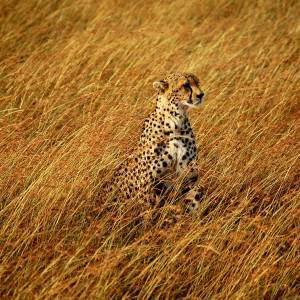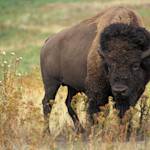Miss Waldron's Red Colobus Monkey
Extinct circa 2000 CE • Ghana and the Ivory Coast
"Procolobus badius waldroni was unknown to science until one day in December 1933, when the British naturalist Willoughby Lowe shot and preserved eight of the large red-and-black monkeys during a collecting expedition in the southwestern Ashanti region of the Gold Coast, now Ghana . . . It wasn't until the 1950s that anyone noticed Miss Waldron's red colobus was disappearing. Ernest Hemingway was extolling the virtues of the hunt, and both Africans and foreigners thought the supply of game—and trees—was limitless. Europe's ravenous commercial logging was taking large bites from the primary habitat of waldroni, Ghana's southwestern Tano-Nimiri Forest. No one realized it then, but deforestation was particularly devastating to these monkeys . . . In their 2000 Conservation Biology article, Oates and McGraw broke the bad news to the world: Miss Waldron's red colobus could not be found anywhere."
John Tidwell, "Requiem for a Primate," Zoogoer 33, no. 5 (2004).
Image: N3ddo! from MILAN, ITALY, CC BY 2.0, via Wikimedia Commons


Learn about Maya Lin’s fifth and final memorial: a multi-platform science based artwork that presents an ecological history of our world - past, present, and future.

Discover ecological histories and stories of former abundance, loss, and recovery on the map of memory.

Learn how we can reduce our emissions and protect and restore species and habitats – around the world.

See how art can help us rethink the problems we face, and give us hope that each one of us can make a difference.

Help make a global memorial something personal and close to home. Share your stories of the natural world.


